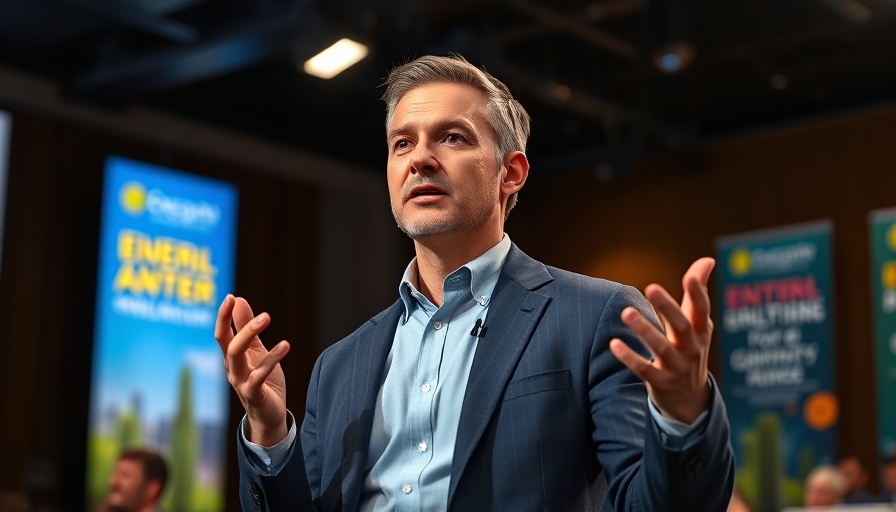
Ramokgopa's Call for a Sustainable Energy Revolution in Africa
The electrifying discourse on Africa's energy future reached a crescendo at the Africa Energy Indaba 2025, where Minister Kgosientsho Ramokgopa emphasized the urgent need for a sustainable energy mix. Opening the three-day event in Cape Town, he spotlighted Africa's critical energy investment requirements, as the continent strives to enhance its global competitiveness.
Investment: The Engine of Energy Transformation
„The central theme of this Africa Energy Indaba revolves around investment,” stated Ramokgopa. With only 5% of global energy investments currently directed towards Africa, there exists an urgent appeal to bridge the financing gap. As the continent grapples with the energy crisis of intermittent loadshedding, the need for substantial investments becomes ever more pressing. It is not just about enhancing current infrastructure—it’s about transforming the energy landscape to meet future demands.
Renewable Energy Potential: A Treasure Trove Waiting to be Tapped
Africa is uniquely positioned with vast renewable energy potential, capable of producing solar, wind, and hydroelectric power to turn the tide on its energy difficulties. Recent reports from CNBC Africa underscore the projected doubling of energy demand by 2040, necessitating an aggressive approach towards sustainable energy investments. This projected growth highlights not only the urgency but the immense opportunity awaiting investors willing to venture into Africa's energy sector.
Harnessing Partnerships for the Greater Good
The Mission 300 Africa Energy Summit, where 30 African Heads of State pledged commitments, illustrates a united front for energy reform. The participation of global financial institutions, as seen in the combined $50 billion commitment to enhance energy access, showcases an understanding that addressing the energy crisis transcends mere national policies—it demands international collaboration. As Ramokgopa noted, “No single entity can tackle this crisis; we must unite to create impactful, collaborative strategies.”
Courageous Policy Making: The Path Forward
Sustainable energy solutions also require robust policy frameworks. Discussions at the event pointed towards a need for long-term vision supported by political will that facilitates private investment in renewable projects. This involves not only setting ambitious targets but backing them up with actionable reforms in utility management and energy generation. The Dar es Salaam Energy Declaration stands as a testament to Africa's commitment to sustainable energy and the duty of its leaders to fulfill these promises with practical strategies.
Rising to Meet Challenges: A Call to Action
In addition to lofty ideals, there are significant challenges facing Africa's energy transformation, including regulatory hurdles and corruption within state-owned enterprises like Eskom. Addressing these challenges head-on is imperative to engender trust with investors and ensure the success of energy initiatives.
Conclusion: A Shared Vision for the Future
As we await outcomes from the discussions at the Africa Energy Indaba, the call to action has been sounded universally: Africa must innovate and create a cohesive energy mix that champions sustainable practices. Professionals and stakeholders are urged to not only participate in these discussions but also advocate for transparent policies that foster investment. Join the conversation and be part of the energy revolution!
 Add Row
Add Row  Add
Add 




Write A Comment